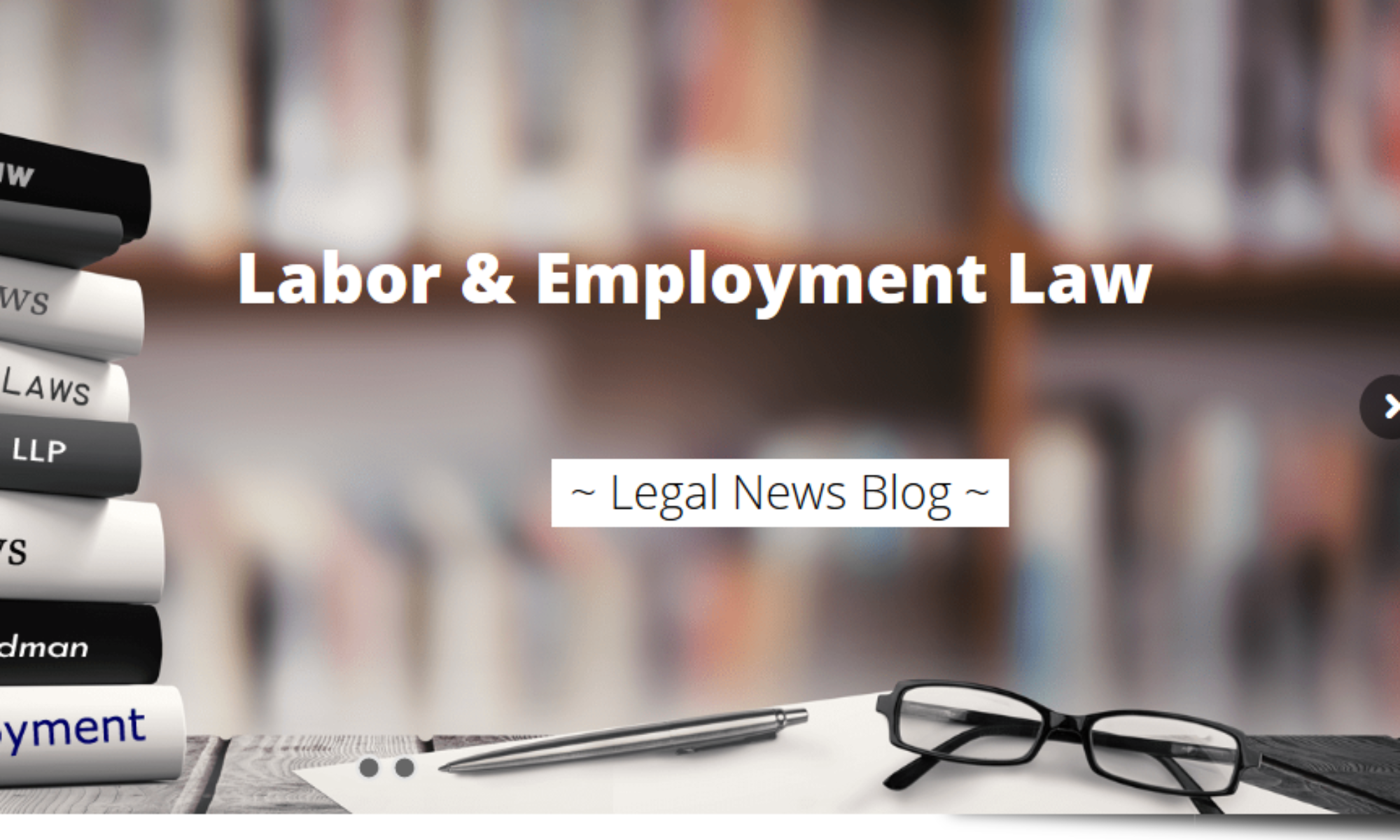The Activision Blizzard Sexual Harassment Scandal: A Corporate Crisis Exposed
The gaming industry faced one of its most damaging scandals when Activision Blizzard, the powerhouse behind franchises like Call of Duty and World of Warcraft, became the subject of explosive sexual harassment allegations. What began as a state lawsuit quickly spiraled into a corporate crisis that exposed years of alleged misconduct, cover-ups, and a hostile work environment that shocked employees and industry observers alike.
The fallout from these revelations would ultimately reshape conversations about workplace culture in the gaming industry and highlight the critical importance of legal representation for victims of workplace harassment.
The Lawsuit That Started It All
In July 2021, the California Department of Fair Employment and Housing (DFEH) filed a devastating lawsuit against Activision Blizzard. The complaint painted a disturbing picture of the company’s workplace culture, alleging systematic discrimination and harassment targeting female employees.
The lawsuit detailed allegations of a “frat boy” workplace culture where female employees faced constant sexual harassment, unequal pay, and limited advancement opportunities. According to the filing, women were subjected to inappropriate comments about their bodies, unwanted sexual advances, and crude jokes. The complaint also alleged that male employees would drink heavily during work hours, leading to inappropriate behavior, including unwanted touching and sexual propositions.
Perhaps most shocking was the tragic case mentioned in the lawsuit involving a female employee who took her own life during a company retreat. The suit alleged that prior to her wrongful death, nude photos of her had been circulated at a company holiday party by male colleagues, including her supervisor, with whom she had been having a sexual relationship.
These allegations represented clear violations of laws prohibiting workplace harassment and the creation of hostile work environments, potentially subjecting affected employees to intentional infliction of emotional distress.
The Wall Street Journal Report and Bobby Kotick’s Role
The scandal reached new heights in November 2021 when The Wall Street Journal published a bombshell report about CEO Bobby Kotick’s knowledge of the harassment issues. The investigation revealed that Kotick had been aware of numerous allegations of sexual misconduct at the company for years but had failed to inform the board of directors about many incidents.
The report detailed several disturbing allegations involving Kotick himself, including claims that he had threatened to have an assistant killed in a voicemail. More damaging were revelations that Kotick had allegedly intervened in investigations and settlements involving harassment claims, including reportedly pressuring the board not to let an executive go after harassment allegations.
This information suggested that the company’s leadership was not only aware of the hostile work environment but may have actively worked to conceal it, potentially exposing the company to additional liability for intentional infliction of emotional distress and creating a culture where harassment could flourish unchecked.
Company Response and Employee Backlash
Activision Blizzard’s initial response to the lawsuit was widely criticized as tone-deaf and defensive. The company’s first statement dismissed the DFEH’s allegations as “distorted” and claimed the picture painted was “not the Blizzard workplace of today.” This defensive stance only fueled more anger among employees and the gaming community.
As more details emerged, employee outrage reached a boiling point. Hundreds of current and former employees signed an open letter condemning the company’s response and sharing their own experiences of harassment and discrimination. Employees organized walkouts and protests, demanding accountability from leadership and meaningful changes to company culture.
The scandal also triggered a broader reckoning within the gaming industry, with other companies facing increased scrutiny about their own workplace cultures. The #ActivisionBlizzardWalkout movement gained widespread support on social media, with players and industry professionals calling for boycotts and demanding justice for affected employees.
Industry Impact and Ongoing Consequences
The Activision Blizzard scandal sent shockwaves throughout the gaming industry and beyond. Major partners and platforms began distancing themselves from the company, with some removing Activision Blizzard games from their services temporarily. The scandal also impacted the company’s pending acquisition by Microsoft, with regulators citing workplace culture concerns as part of their review process.
The case highlighted the unique challenges faced by victims of workplace harassment in the gaming industry, where “gamer culture” and male-dominated workplaces can create environments where inappropriate behavior is normalized or dismissed.
Why Legal Representation Matters: Beyond the EEOC
While employees can file complaints with the Equal Employment Opportunity Commission (EEOC), the Activision Blizzard case demonstrates why hiring an experienced sexual harassment attorney often provides superior outcomes for victims.
Unlike EEOC processes, which can take years and offer limited remedies, private attorneys can pursue comprehensive damages, including compensation for emotional distress, lost wages, and punitive damages designed to punish employers for egregious conduct. Experienced harassment attorneys understand how to build strong cases that address not just individual incidents but patterns of discriminatory behavior that create hostile work environments.
Sexual harassment attorneys also provide personalized attention that government agencies cannot match. They can move quickly to preserve evidence, conduct thorough investigations, and negotiate directly with employers to reach favorable settlements. For victims dealing with the trauma of harassment, having dedicated legal counsel provides both practical advantages and emotional support throughout the legal process.
The complex nature of harassment cases—particularly those involving intentional infliction of emotional distress claims—requires specialized knowledge of employment law, corporate liability, and damages calculations that only experienced attorneys possess.
Corporate Accountability and Moving Forward
The Activision Blizzard scandal serves as a stark reminder that even major corporations are not immune to accountability when they fail to protect their employees from harassment and discrimination. The case has led to significant legal settlements, executive departures, and promises of cultural reform.
However, the true test will be whether these changes create lasting improvements for workers in the gaming industry and beyond. The scandal has empowered other victims to come forward and highlighted the critical role that legal advocacy plays in holding employers accountable for maintaining safe, respectful workplaces.
For current and former Activision Blizzard employees—and workers facing similar situations elsewhere—the case demonstrates that legal recourse is available even against powerful corporations. With experienced legal representation, victims of workplace harassment can seek justice and help prevent future misconduct.
The gaming industry’s reckoning with workplace harassment continues, but the Activision Blizzard case has already established important precedents for corporate accountability and victim advocacy that will influence employment law for years to come.


